Thanh Thuy's fans: broke into the "main palace's" house, caused chaos on social media, and forced her to leave in the middle of the event

4 | 1 Discuss | Share
Since ancient times, in the way Vietnamese people name their children, there have been phrases that often appear before the main name such as male Van female Thi, this is also a long-standing tradition that has been preserved until today.
Naming a child is extremely important for parents because the name not only simply helps the child have a title on the birth certificate but also has many meanings, "contains" the future... And Vietnamese people from ancient times when naming their children often do not forget the middle name: "van" for boys, "thi" for girls to distinguish the gender right in the way of calling. So why do names often have the middle name "van" and "thi" and not other words?
What is "Nam Van, Nu Thi"?
"Nam Van nu Thi" is one of the naming principles of the ancient Vietnamese. This is also a cultural feature that is still maintained by many people until now, however, not everyone clearly understands this naming method of the ancients.
This way of naming is both to distinguish gender and also contains many good meanings that parents want to give to their children.
In some cases, where a boy's and a girl's names are the same or similar, the middle name "Thi" or "Van" will help to easily identify the gender of the person bearing the name. This is especially important in documents, legal texts and genealogies.
Boys' names often have the middle name "Van"
Since ancient times - feudal dynasties, boys (or men) had a lot of "value", likened to "nhất nam viết hữu tháºp nữ viết vô", meaning that one boy is equal to ten girls. Moreover, only men were allowed to go to school and take part in exams - that is, people who are educated. And according to the alphabet, Văn means people who have gone to school, are students... Gradually, everyone wants themselves/their children to be educated and educated. Therefore, the word " văn" is often placed with the name of a boy, like the dream of parents wanting their children to be successful, famous and have a smooth and favorable academic career.
Finally, the habit of naming boys gradually formed and became ingrained in the subconscious of many generations of Vietnamese people until now. They often name their children according to the following "formula": Surname Van Name. Even when society develops, some parents still keep "van" in their children's names to remember their ancestors, and at the same time wish their children to grow up to have a bright and talented future.
Girls' names often have the middle name "Thi"
To be precise, the origin of the word "thi" in women's middle names began to appear after the first period of Chinese domination. In terms of etymology, according to scholar An Chi, "thi" is a Vietnamese word of Chinese origin used to refer to women. In the Etymology Dictionary, there is a sentence "Phu nhan trinh thi" (women are called thi). This dictionary also explains that the word "thi" is also a word that women use to refer to themselves.
Currently, there are many controversial opinions surrounding the use of the word "thi" when naming a daughter. Regarding the word "thi" (æ°), this is a Vietnamese word of Chinese origin. The original word "thi" means family name (or family branch). Usually, the Chinese use the word "thi" after the woman's husband's family name (not her family name) and no longer use the woman's given name.
Example: Lady To Thi is the wife of Mr. To.
But when it came to Vietnam, there was a difference: Women in the Vietnamese noble families still kept their father's surname and added the word Thi at the end. For example, Cu Hau (see the article about the country of Nam Viet) before becoming queen was called Cu Thi (meaning Mrs. Cu) or sometimes in ancient documents we still hear titles like: Queen Duong Thi, Mrs. Phi Nguyen Thi... translated as Mrs. Hau Duong, Mrs. Phi Nguyen.
The word Thi is a family name, but it refers to a single individual and is only used for married women. To refer to a whole family, most people use the word Gia (Diep Gia, Tu Ma Gia, Vien Gia...) or more broadly, Toc. Vietnamese combines these two words to form Gia Toc.
When Nom script began to be widely used and when Vietnamese culture began to form its own path, the word "thi" referring to women came before their given names, for example: Thi Mau, Thi Kinh... and around the 15th century, the word Thi went into the names and surnames of girls, as a way to affirm that person's origin, like the case of the above-mentioned script.
By around the 15th century, the word Thi gradually became associated with women's first and last names, as a way to affirm that person's origin, creating the naming formula: Last Name Thi Name.
However, nowadays the naming formula "male Van, female Thi" seems to have changed somewhat. Due to the wave of international integration and cultural development, everything has gradually changed. There are many families who have used other middle names with better meanings to combine with the official name.
However, to say it again and again, the naming practice of "male Van female Thi" still exists as something that has been ingrained in the habits and culture of Vietnamese people until now.
An Tay's powerful and wealthy stepmother suddenly showed a strange attitude when her stepchild was arrested.  Thảo Mai15:23:24 14/11/2024On November 14, Ho Chi Minh City Police prosecuted and temporarily detained singer Chi Dan, model and actress Andrea Aybar or An Tay, and many others for organizing the illegal use of banned substances.
Thảo Mai15:23:24 14/11/2024On November 14, Ho Chi Minh City Police prosecuted and temporarily detained singer Chi Dan, model and actress Andrea Aybar or An Tay, and many others for organizing the illegal use of banned substances.

4 | 1 Discuss | Share

1 | 1 Discuss | Share
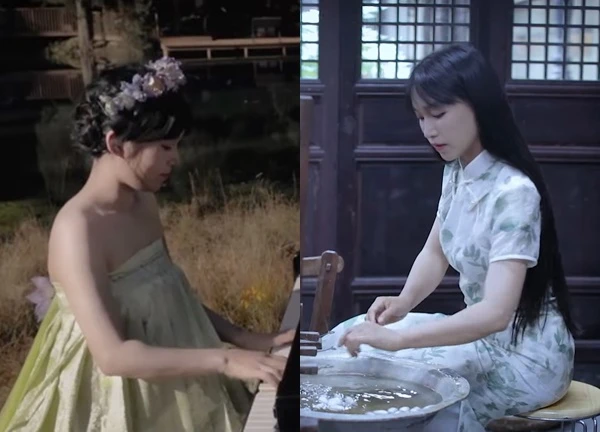
3 | 1 Discuss | Share

10 | 0 Discuss | Share
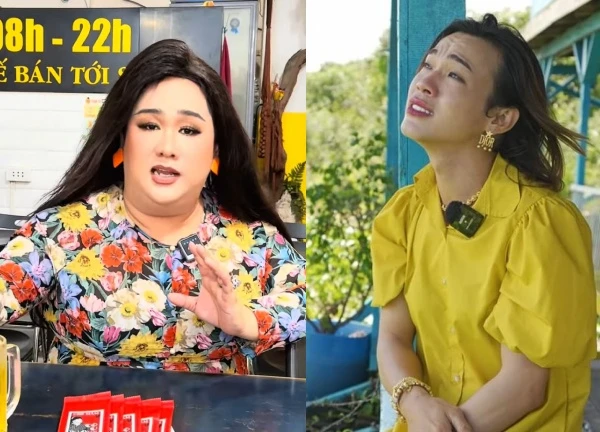
3 | 1 Discuss | Share
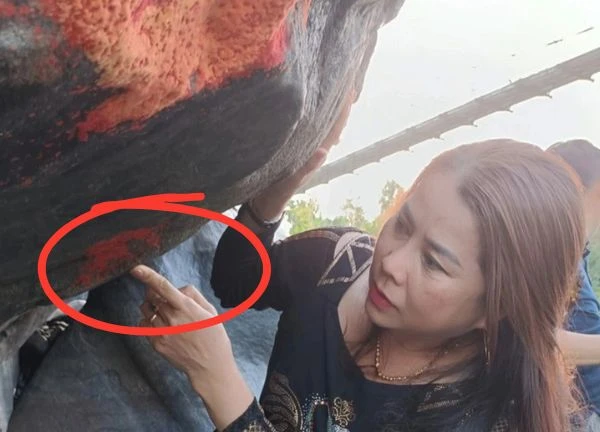
4 | 1 Discuss | Share

5 | 1 Discuss | Share

1 | 1 Discuss | Share
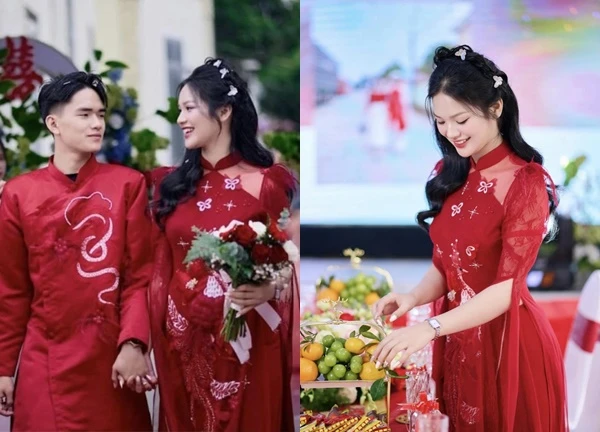
3 | 1 Discuss | Share
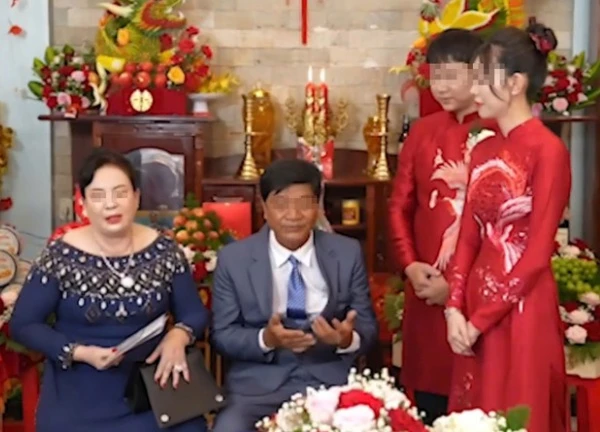
2 | 1 Discuss | Share

3 | 1 Discuss | Share

1 | 1 Discuss | Share



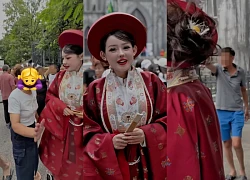






4 | 1 Discuss | Report